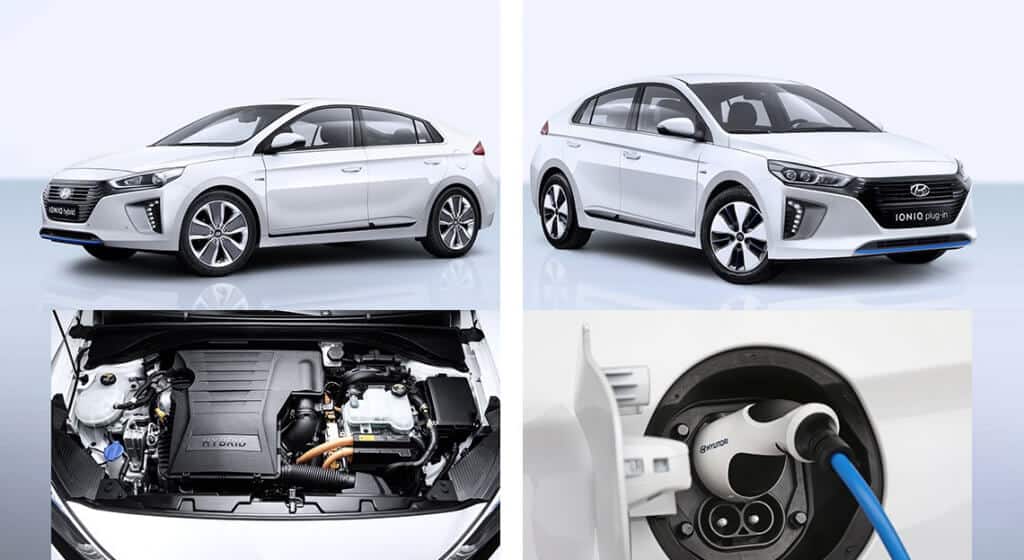
Definition - Plug-in hybrid
A hybrid vehicle uses two sources of energy for its operation. It is made up of two engines, one internal combustion and the other electric, which take over when the vehicle is moving, if the electric motor is no longer powered.
Often a traction battery is often included in these vehicles to store additional energy. It's a fairly complex system, but one that nevertheless offers an optimum ratio between weight capacity and volume capacity.
This type of hybrid is called rechargeable because it recharges in the same way as an electric vehicle, unlike a non-rechargeable hybrid.
Plug-in hybrid vehicles are recharged by a charging cable connected to an external socket, and by a full tank of fuel for the internal combustion engine.
The special feature of plug-in hybrids is that they can also be recharged while driving, either by :
- Regenerative braking
- vehicle driving phases (acceleration and deceleration)
Advantage: These vehicles can be driven for many kilometers thanks to the electric battery, emitting 0% CO2. This type of vehicle is therefore less polluting than an internal combustion engine, but not as environmentally friendly as an electric one.
Disadvantage: The price of these vehicles is higher than that of a combustion engine.
Similar articles:
- Electric or Hybrid Car? The Best Choice?
- The best YouTube channels specializing in electric cars
- Exceptional conversion bonus: the government's key announcements
Do you have any further questions?
"All definitions